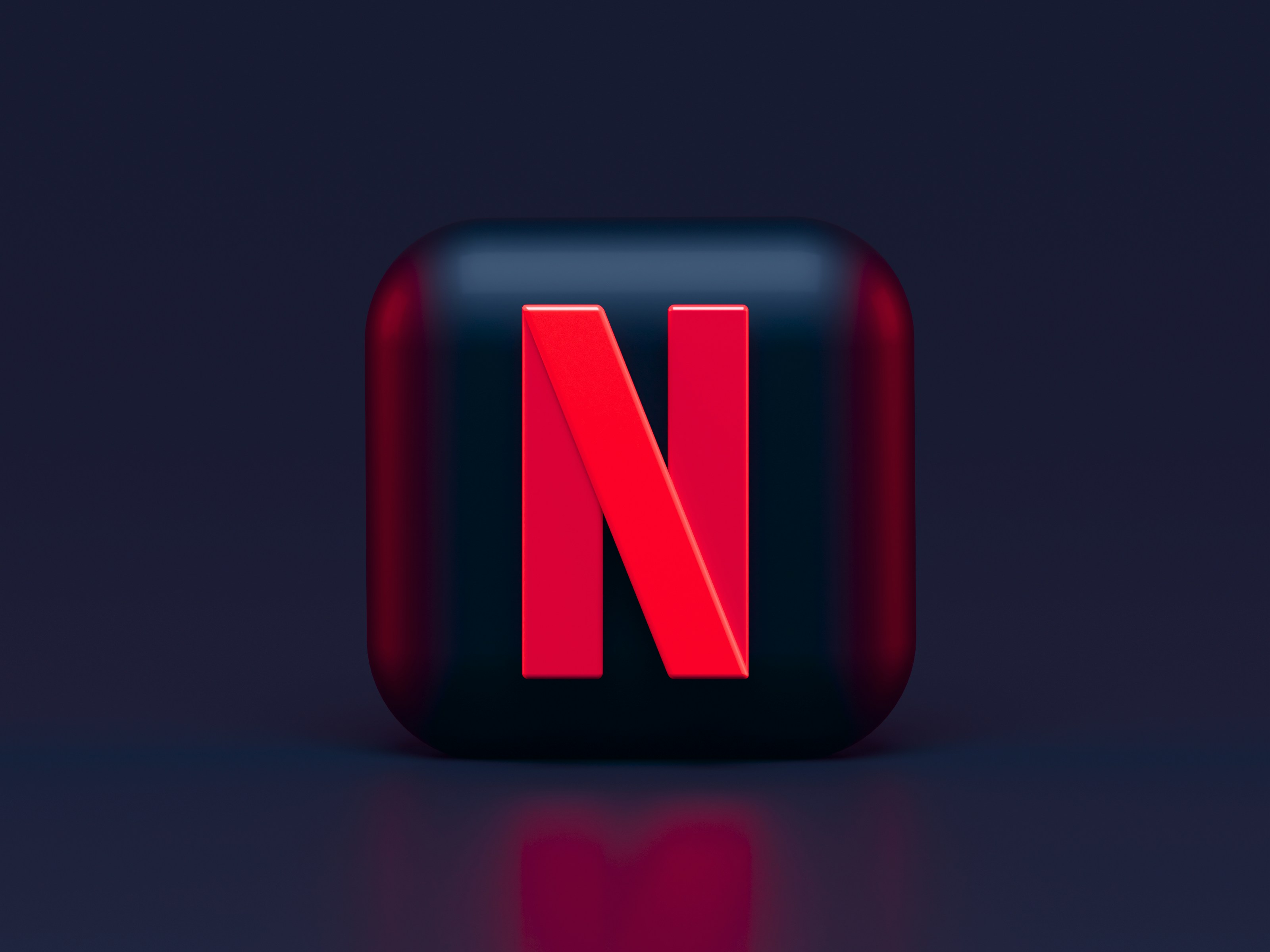Discover the journey of the world's leading software company that transformed personal computing and enterprise solutions :cite[2]
Explore MicrosoftMicrosoft Corporation is an American multinational technology corporation headquartered in Redmond, Washington. Founded by Bill Gates and Paul Allen on April 4, 1975, Microsoft has become one of the world's most valuable companies and a leader in software, cloud computing, and enterprise solutions :cite[2].
The company rose to prominence with its MS-DOS operating system in the 1980s, followed by the revolutionary Windows operating system. Today, Microsoft's product ecosystem spans operating systems, productivity software, cloud services, gaming, and hardware :cite[2]:cite[8].
Employees Worldwide
Annual Revenue (2024)
Windows Users
Year Founded


The flagship operating system that dominates the PC market. From Windows 1.0 to Windows 11, it has evolved to support touch interfaces, biometric security, and cloud integration :cite[2].

The productivity suite including Word, Excel, PowerPoint, and Outlook. Transitioned to a subscription cloud service with real-time collaboration and AI-powered features :cite[2].

Enterprise cloud platform offering computing, analytics, storage, and networking services. Second only to AWS in market share and a key growth driver for Microsoft :cite[2].

Gaming division producing Xbox consoles and games. Owns 23 game studios including Mojang (Minecraft), Bethesda, and Activision Blizzard :cite[2].

Flagship hardware line including Surface Pro tablets, Surface Laptops, and Surface Studio desktops. Pioneered the 2-in-1 convertible laptop category :cite[8].

Collaboration platform combining workplace chat, video meetings, file storage, and application integration. Grew to 300 million users during the pandemic :cite[2].
Protect yourself from common online threats targeting Microsoft users
Phishing attacks attempt to steal your money or identity by getting you to reveal personal information on websites that pretend to be legitimate. Cybercriminals typically pretend to be reputable companies in fake messages containing malicious links :cite[5].
Be suspicious of messages claiming you must click, call, or open an attachment immediately. Creating false urgency is a common phishing trick :cite[5].
If an email claims to be from Microsoft but comes from another domain (like @microsoftsupport.ru), it's a scam. Watch for subtle misspellings :cite[5].
Hover over links to see the actual URL. On mobile, long-press links to reveal true destinations. Never click unexpected links :cite[5].
Tech support scams involve fraudsters pretending to be Microsoft support agents. They may call you directly or display fake error messages to trick you into paying for unnecessary services or granting remote access to your device :cite[3].
Hang up immediately if someone claiming to be from Microsoft support calls you unexpectedly. Microsoft only contacts you if you've requested support :cite[3].
Close suspicious pop-ups immediately (press ALT+F4). Genuine Microsoft error messages never include phone numbers :cite[3]:cite[6].
Legitimate Microsoft support will never ask you to install applications for remote access unless you've initiated a support request :cite[3].
Malware is malicious software that can steal your data, take over your device, or encrypt your files for ransom. It often spreads through email attachments, compromised websites, or disguised as legitimate software :cite[6].
Windows includes Microsoft Defender Antivirus enabled by default. Keep it updated and run regular scans :cite[6].
Apply all security updates as soon as they're available. Enable automatic updates for Windows and all applications :cite[3].
Use Microsoft OneDrive or external backups to protect against ransomware. OneDrive has built-in ransomware detection and recovery tools :cite[6].
Official channels for assistance and technical support
Microsoft Support Portal with troubleshooting guides, community forums, and virtual agent
Visit Support Site| General Support | 24/7 |
| Account Assistance | 24/7 |
| Phone Support | 5 AM - 9 PM PST |
Contact Microsoft's official support team by phone
| United States | +1 (800) 642-7676 |
| United Kingdom | +44 (0)800 026 0329 |
| Australia | +61 1800 642 700 |
| India | +91 (000) 8000 404 454 |
Full list: Global Support Numbers
Manage your Microsoft account and email services
Account ManagementMicrosoft support will never email you to request passwords or financial information. If you receive such requests, report them immediately as phishing attempts :cite[5]:cite[9].